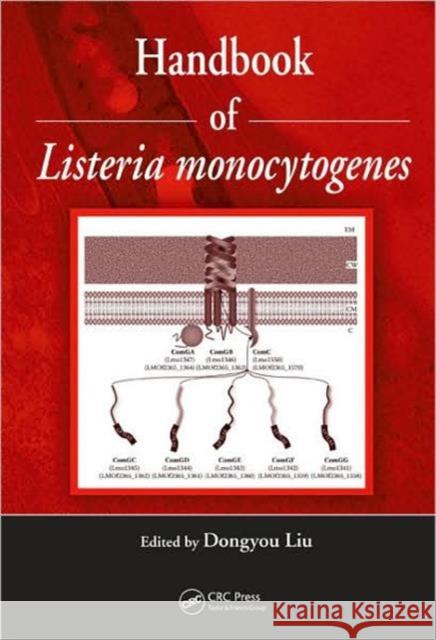Handbook of Listeria Monocytogenes » książka
Handbook of Listeria Monocytogenes
ISBN-13: 9781420051407 / Angielski / Twarda / 2008 / 552 str.
Handbook of Listeria Monocytogenes
ISBN-13: 9781420051407 / Angielski / Twarda / 2008 / 552 str.
(netto: 1061,91 VAT: 5%)
Najniższa cena z 30 dni: 1057,85
ok. 22 dni roboczych
Dostawa w 2026 r.
Darmowa dostawa!
Once feared as a deadly intracellular bacterium with the extraordinary capacity to survive a wide array of arduous external stressors, Listeria monocytogenes is increasingly recognized as a preferred vector for delivering anti-infective and anti-cancer vaccine molecules.
A reliable, single-source reference on the fundamental aspects of this bacterium is crucial to support future study and further the advancement of biomedical sciences and intervention strategies.
Drawn from an international panel of scientists with notable expertise in their respective fields, the Handbook of Listeria monocytogenes is divided into four sections:
Section I discusses the biology and pathogenicity of this bacterium, including epidemiology and stress responses.
Section II demonstrates identification and detection techniques such as phenotypic and genotypic identification, strain typing, and virulence determination.
Section III details the current knowledge of genetic manipulation of Listeria, including comparative genomics, genomic divisions, epidemic clones and population structure, and analysis of cell envelope proteins.
Section IV covers innate and adaptive immunity against Listeria, and examines the use of this bacterium for anti-infective and anti-cancer vaccine development.
The first comprehensive compilation of knowledge in this area, this handbook is an indispensable reference for anyone embarking on the path of manipulation of Listeria as either a model for the study of the host-bacterium relationship or as a tool for delivering protective molecules to cytoplasm.











